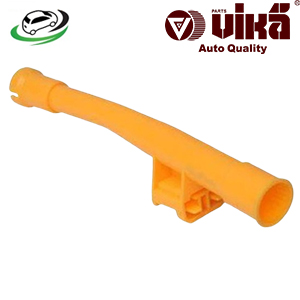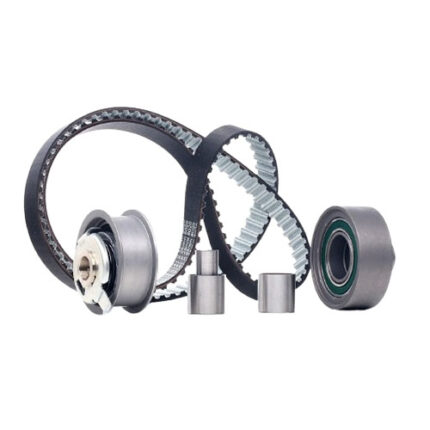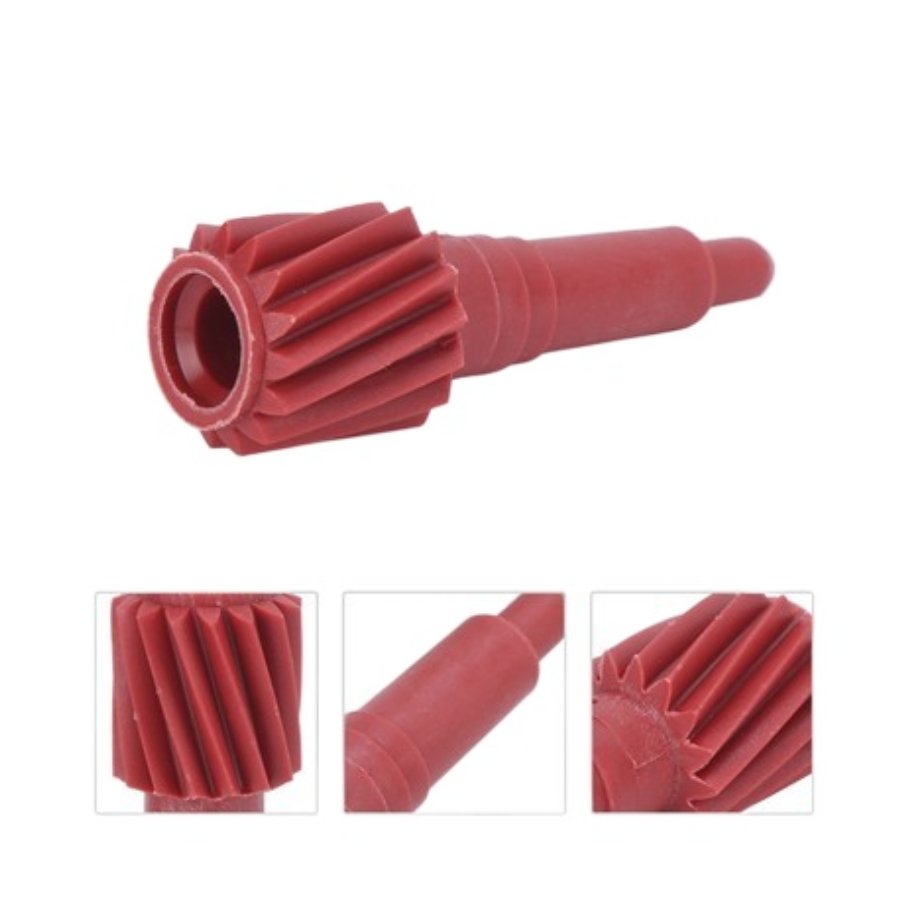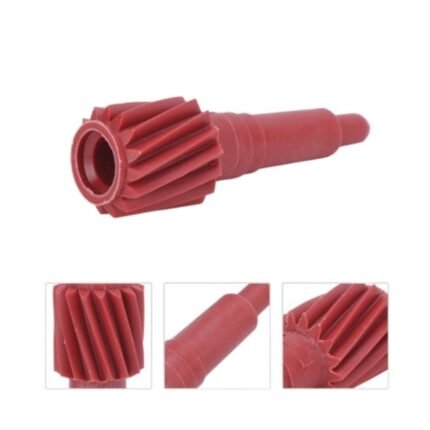Get Volkswagen Cabriolet 1.8L Speedometer Cable Drive Gear 171957821B in Kenya
The speedometer cable drive gear is an integral component of a vehicle’s speedometer system, responsible for translating the rotational motion of the vehicle’s wheels into a readable speed on the dashboard. This essential part ensures accurate speed measurement, which is crucial for safe driving and adherence to traffic regulations. This overview will cover the design, function, importance, types, common issues, and maintenance of the speedometer cable drive gear.
Design and Function
Design:
- Construction:
- Material: Speedometer cable drive gears are typically made from durable materials such as high-strength plastic, metal alloys, or a combination of both. Plastic gears are lightweight and resistant to corrosion, while metal gears offer greater durability and strength.
- Shape and Structure: The drive gear usually has a cylindrical shape with teeth that mesh with the driven gear. The gear’s design ensures smooth and precise transmission of rotational motion.
- Placement:
- Connection Points: The drive gear is mounted on the vehicle’s transmission or differential and is connected to the speedometer cable. It engages with a corresponding driven gear that is connected to the speedometer mechanism.
- Integration with Speedometer System: The drive gear is part of the mechanical linkage that connects the transmission to the speedometer, enabling the speedometer to display the vehicle’s speed accurately.
Functionality:
- Speed Transmission:
- Rotational Motion: As the vehicle’s wheels rotate, the drive gear on the transmission or differential turns in sync with the wheel’s rotation. This rotational motion is transferred through the speedometer cable to the speedometer mechanism.
- Gear Ratio Conversion: The drive gear’s rotational speed is converted into a corresponding speed reading on the speedometer. The gear ratio between the drive gear and the driven gear determines the accuracy of the speed reading.
- Speedometer Accuracy:
- Precision Measurement: The drive gear ensures that the rotational speed of the wheels is accurately transmitted to the speedometer. This allows the speedometer to provide a precise and reliable speed reading to the driver.
- Speed Calibration: Accurate gear ratios between the drive and driven gears are essential for correct speedometer calibration. This ensures that the speedometer displays the true speed of the vehicle.
Importance of the Speedometer Cable Drive Gear
- Safe Driving:
- Speed Regulation: The drive gear plays a crucial role in providing accurate speed readings to the driver. This information is essential for regulating speed, adhering to speed limits, and maintaining safe driving practices.
- Avoiding Speeding Tickets: Accurate speedometer readings help drivers avoid inadvertently exceeding speed limits and receiving speeding tickets.
- Vehicle Performance:
- Accurate Monitoring: Proper functioning of the speedometer cable drive gear ensures that the vehicle’s speed is accurately monitored. This information can be critical for performance tuning, diagnostics, and overall vehicle management.
- Driver Feedback: The speedometer provides immediate feedback to the driver regarding vehicle speed, allowing for better control and adjustment of driving behavior.
- Compliance and Safety:
- Legal Requirements: Accurate speedometers are often required by law to ensure compliance with traffic regulations. The drive gear helps ensure that the speedometer operates within legal standards.
- Safety Inspections: Regular inspection and maintenance of the speedometer cable drive gear contribute to vehicle safety and reliability, especially during safety inspections or emissions tests.
Types of Speedometer Cable Drive Gears
- Plastic Drive Gears:
- Design: Plastic drive gears are commonly used due to their lightweight and cost-effective nature. They are typically molded from high-strength plastic materials.
- Application: Plastic gears are suitable for many passenger vehicles and light-duty applications. They offer adequate performance and durability for everyday use.
- Metal Drive Gears:
- Design: Metal drive gears, often made from steel or aluminum alloys, provide greater strength and durability compared to plastic gears. They are designed to withstand higher loads and stresses.
- Application: Metal gears are used in heavy-duty applications or high-performance vehicles where greater durability and resistance to wear are required.
- Adjustable Drive Gears:
- Design: Some speedometer cable drive gears feature adjustable mechanisms that allow for fine-tuning of the gear ratio. This adjustment helps in calibrating the speedometer accurately.
- Application: Adjustable gears are useful in vehicles that require precise speedometer calibration, such as modified or custom-built vehicles.
Common Issues with Speedometer Cable Drive Gears
- Wear and Tear:
- Causes: Over time, the teeth on the drive gear can wear down due to friction and constant use. This wear can lead to inaccuracies in the speedometer reading.
- Signs: Symptoms of wear include erratic or fluctuating speedometer readings, increased noise from the speedometer cable, and difficulty in achieving a steady speed reading.
- Gear Slippage:
- Causes: Gear slippage can occur if the drive gear becomes misaligned or if there is excessive play in the gear teeth. This can result in intermittent or inaccurate speed readings.
- Signs: Signs of gear slippage include a jumpy or unstable speedometer needle, fluctuating speed readings, and occasional loss of speedometer function.
- Cable Damage:
- Causes: Damage to the speedometer cable can affect the transmission of rotational motion from the drive gear to the speedometer. This damage can result from wear, corrosion, or physical impacts.
- Signs: Symptoms of cable damage include a speedometer that fails to move, erratic speed readings, and visible damage to the speedometer cable or connections.
- Incorrect Gear Ratio:
- Causes: Using a drive gear with an incorrect gear ratio can lead to inaccurate speedometer readings. This can occur if the gear is not properly matched to the driven gear or if there are discrepancies in the gear ratio.
- Signs: Signs of incorrect gear ratio include a speedometer that consistently reads too high or too low compared to the actual vehicle speed.
Maintenance and Inspection
- Regular Inspection:
- Visual Checks: Periodically inspect the speedometer cable drive gear for signs of wear, damage, or misalignment. Look for any visible issues, such as cracked or worn teeth, and check the condition of the speedometer cable.
- Functionality Test: Test the speedometer for accurate readings and smooth operation. Pay attention to any fluctuations or irregularities in the speedometer display.
- Lubrication and Cleaning:
- Keep Lubricated: Ensure that the speedometer cable and drive gear are properly lubricated to reduce friction and wear. Follow the manufacturer’s recommendations for lubrication intervals and types of lubricant.
- Clean Debris: Keep the drive gear and surrounding areas clean and free from debris. Remove any dirt or contaminants that could affect the performance and accuracy of the gear.
- Alignment and Adjustment:
- Check Alignment: Ensure that the drive gear is properly aligned with the driven gear and the speedometer cable. Misalignment can affect the accuracy of the speedometer readings.
- Adjust Gear Ratio: If necessary, adjust the gear ratio to ensure accurate speedometer calibration. This may require replacing the drive gear with one that matches the correct gear ratio.
- Replacement:
- Replace Worn Parts: Replace the drive gear if it becomes worn, damaged, or malfunctioning. Using a new, properly matched drive gear ensures accurate speedometer readings and reliable performance.
- Use Quality Parts: When replacing the drive gear, choose high-quality parts that meet or exceed the manufacturer’s specifications. Proper installation and calibration are crucial for optimal performance.
Replacing the Speedometer Cable Drive Gear
- Preparation:
- Gather Tools: Gather the necessary tools and replacement parts, including the new drive gear, hand tools, and any required lubricants.
- Consult the Manual: Refer to the vehicle’s service manual for specific instructions on the location and replacement of the speedometer cable drive gear.
- Remove the Old Drive Gear:
- Access the Gear: Lift and support the vehicle if necessary to access the drive gear. Remove any components or covers that obstruct access to the drive gear.
- Disconnect the Cable: Disconnect the speedometer cable from the drive gear. Carefully remove any retaining bolts or fasteners securing the drive gear in place.
- Remove the Gear: Take out the old drive gear and inspect it for any signs of wear or damage.
- Install the New Drive Gear:
- Position the New Gear: Place the new drive gear in position, ensuring proper alignment with the driven gear and speedometer cable.
- Secure the Gear: Install and tighten any retaining bolts or fasteners according to the manufacturer’s specifications. Ensure that the drive gear is properly seated and aligned.
- Reconnect the Cable:
- Attach the Cable: Reconnect the speedometer cable to the new drive gear, ensuring a secure and properly aligned connection.
- Check for Functionality: Test the speedometer to ensure that it operates correctly and provides accurate speed readings.
- Reassemble and Test:
- Reassemble Components: Reinstall any components or covers that were removed during the replacement process. Lower the vehicle and ensure that all connections are secure.
- Test the System: Drive the vehicle and monitor the speedometer for accurate readings and smooth operation. Verify that the new drive gear is functioning correctly.
Follow us on Facebook for more parts.




